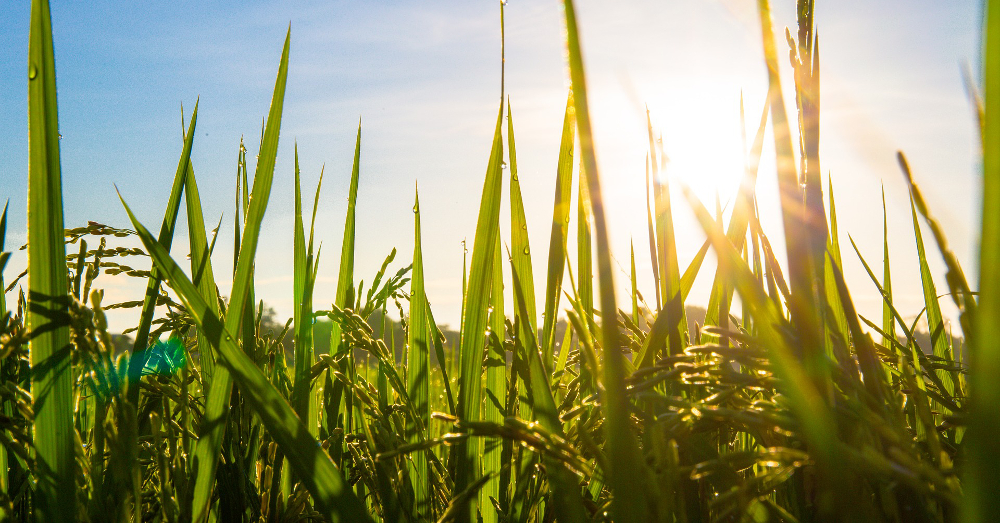
How a Grain and Legume Farmer Harvests Nutrition from the Soil
But what sets Larry Kandarian apart from other farmers is his approach to growing food. Instead of deeply plowing the land and mixing in sheets of fertilizers to ensure high yields like most farmers in America, Kandarian employs a minimal-tillage system and uses absolutely no fertilizers or compost.
For fertility, Kandarian takes advantage of the nitrogen-fixing properties of plants in the legume family like clover, beans, and sweet pea. He sows legume seeds in the ground after the grain is harvested, leaving the chaff of the grains still on the field. The chaff decomposes and fertilizes the legume crop. The legume crop, as it grows, fixes nitrogen into the soil.
January 9, 2018 | Source: Civil Eats | by Clarissa Wei
Larry Kandarian grows legumes alongside ancient grains on his California farm, producing a polyculture that benefits both the health of the land and his own.
“I’m 72, but I consider myself middle-aged,” said Larry Kandarian of Kandarian Organic Farms as he smiled and took a sip of his stew. Sitting in his trailer with a sun-weathered tan, Kandarian looks like any other farmer in the state.
And for a while, he was.
In the 1970s, Kandarian started off as a conventional farmer specializing in flowers and California native plants on his farm in Los Osos, about 100 miles northwest of Santa Barbara on California’s central coast. He decided to pivot full-time to growing organic, ancient grains eight years ago after the recession shrank the market for his goods.
“I figured that people still have to eat grains,” he said of the shift.
But what sets him apart now is his approach to growing food. Instead of deeply plowing the land and mixing in sheets of fertilizers to ensure high yields like most farmers in America, Kandarian employs a minimal-tillage system and uses absolutely no fertilizers or compost.
For fertility, Kandarian takes advantage of the nitrogen-fixing properties of plants in the legume family like clover, beans, and sweet pea. He sows legume seeds in the ground after the grain is harvested, leaving the chaff of the grains still on the field. The chaff decomposes and fertilizes the legume crop. The legume crop, as it grows, fixes nitrogen into the soil.
The bacterium that grows on their roots takes gaseous nitrogen from the air and puts it into the soil, making it available to plants. This preps the soil for the next crop of grains, eliminating the use of synthetic fertilizer and creating a closed-loop system. While this methodology isn’t common among most U.S. grain farmers, it can be found in countries like Japan where it’s referred to as “natural farming.”
